INVESTMENT
The decisions investors make each day shape the nature of business and the global market. With inequality and unrest on the rise, the investment industry must strike a better balance between short-term profitability and long-term value. This will require new approaches and fresh thinking.
Industry leaders, including Larry Fink, Jamie Dimon, Warren Buffet and Ray Dalio have raised concerns over rampant short-termism, growing populism and distrust, and changing societal expectations of investors and businesses. We are looking at two facets of the investment industry that must shift to better meet these challenges: who is (and is not) currently empowered to make investment decisions and what information they consider when doing so.
Greater inclusion of women and minorities in senior management and allocation positions will be fundamental to modernizing the industry.
Diagnosing the Problem
Firms with an array of viewpoints are better positioned to deploy innovative strategies to meet these challenges. However, women and minority-run firms currently manage only 1.1 percent of American assets. To begin understanding the scale and root causes of the under-representation of women and minorities, we are first focusing on North American university endowments. This group together holds approximately $500 billion in assets and has institutional values that are inherently aligned with promoting diversity and long-term social progress, but there is little data available on university hiring of women- and minority-owned asset management firms. We are therefore beginning with research to establish current levels of diversity of asset management firms employed by the 30 largest university endowments. Subsequent phases of the research will examine the effects capital allocation, hiring practices and the pipeline of talent have on diversity.
In parallel, we are examining the extent to which large asset allocators and mainstream asset managers are integrating environmental, social, and governance (ESG) factors into their strategies and what hurdles they face in doing this effectively. In 2017, we published Putting the 'S' in ESG: Measuring Human Rights Performance for Investors, which detailed the limitations of common approaches to measuring and evaluating social performance. After examining over 1700 social metrics, we found that the social category is ill-defined and that social measures focus almost exclusively on company policies, promises, and efforts rather than actual performance. Available metrics that do attempt to assess performance generally rely on company-supplied anecdotes and public controversies that companies find themselves embroiled in. Improving the quality of social data will be critical to achieving more frequent and rigorous assessments of social factors in ESG funds.
Identifying Solutions
Once we have a better understanding of why university endowments struggle to employ diverse management firms, we will work to identify a set of practical steps endowment boards and chief investments officers can take to diversify the management of their portfolios.
Similarly, building on our research into common ESG practices and assessments, in 2021 we published a set of recommendations for ESG fund managers and data providers, asset owners and consultants, and governments focused on how to strengthen the social dimension of this growing investment trend. The report recommends focusing efforts to improve the 'S' on the declining quality of low-wage work and proposes a new approach that asset owners and managers can use to identify companies at higher risk of relying on illegal labor practices or chronic labor abuse.
Engaging Stakeholders
We are simultaneously working with a cross-section of institutional investors, academics, regulators, and corporate leaders to refine a model for assessing companies' risk of labor abuse and to increase the information available to investors regarding corporate outsourcing practices and low-wage job quality.









